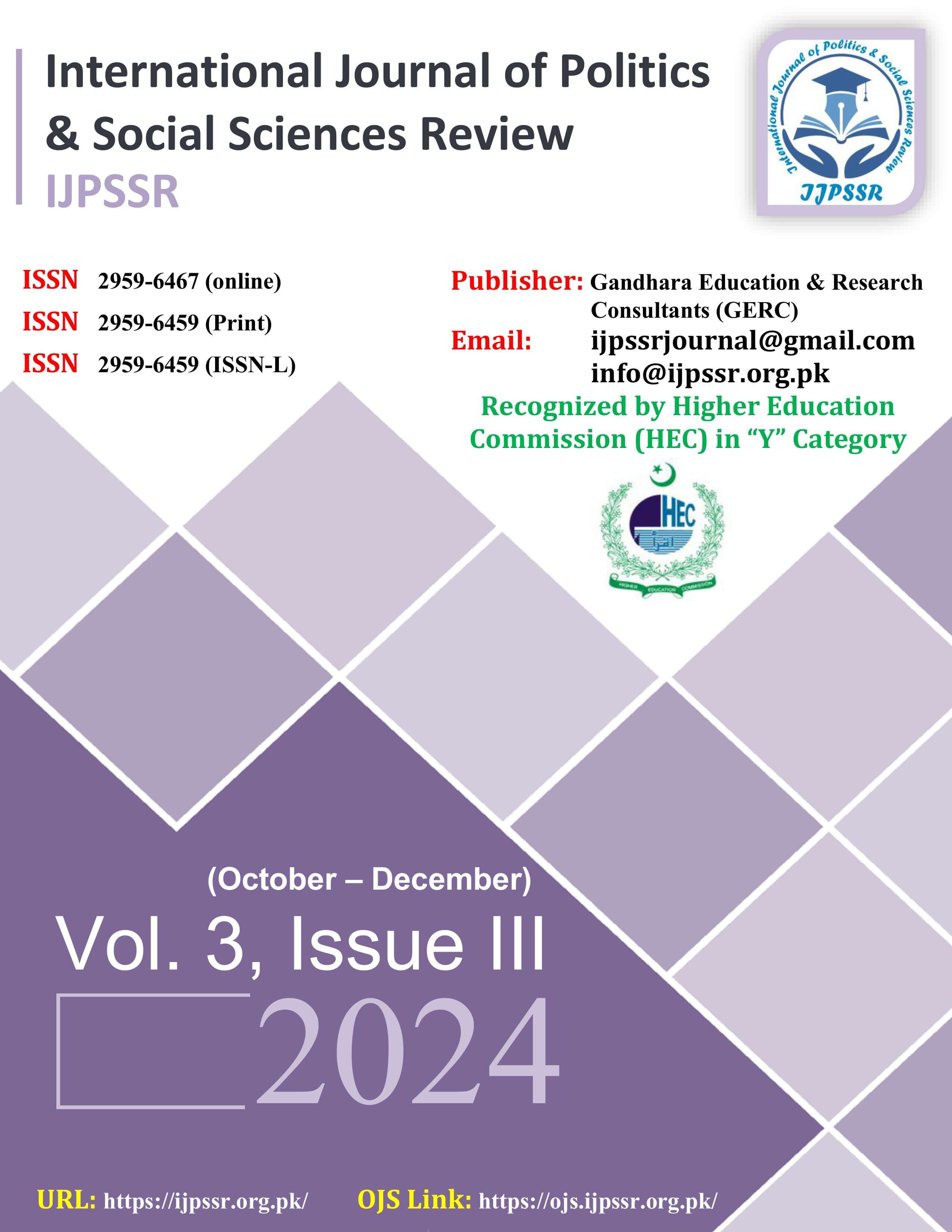Love and Spirituality in The Forty Rules of Love by Elif Shafak: A Textual Analysis through the Lens of Sufi Philosophy
Keywords:
Sufi Philosophy, Divine Love (Ishq), Self-annihilation (Fana), Contemporary Spirituality, Transformative Power of Love.Abstract
This study examines how Shafak’s novel reflects and reinterprets traditional Sufi principles. Shafak’s novel intertwines two parallel stories: Ella Rubenstein’s contemporary spiritual awakening and the historical relationship between Rumi and his mentor, Shams of Tabriz. The novel explores the themes of divine love, self-discovery, and spiritual enlightenment, mirroring Sufi beliefs. Using textual analysis, the present study compares the major themes of Shafak’s novel with traditional Sufi principles of divine love (Ishq), self-annihilation (Fana), and unity of being (Wahdat al-Wujud). The analysis reveals that Shafak’s portrayal of love and spirituality closely aligns with Sufi philosophy, emphasizing love’s transformative power as a divine force leading to spiritual enlightenment. The characters such as Ella and Rumi undergo significant personal and spiritual growth, reflecting the Sufi’s path of self-purification and divine connection. The study concludes that Shafak’s novel bridges historical Sufi teachings with modern existential concerns, making profound spiritual concepts accessible and relevant to contemporary readers. By focusing on female spiritual experiences, the novel broadens Sufi philosophy’s scope, thus emphasizing its universal applicability. This study enriches the understanding of how literature bridges cultural and spiritual paradigms, offering insights into the universal human quest for love and spiritual fulfillment, illustrating the enduring relevance of Sufi principles in modern life.
Downloads
Published
Issue
Section
License
Copyright (c) 2024 Dr. Aneela Gill, Muhammad Ishtiaq, Nasim Gul

This work is licensed under a Creative Commons Attribution-NonCommercial 4.0 International License.








